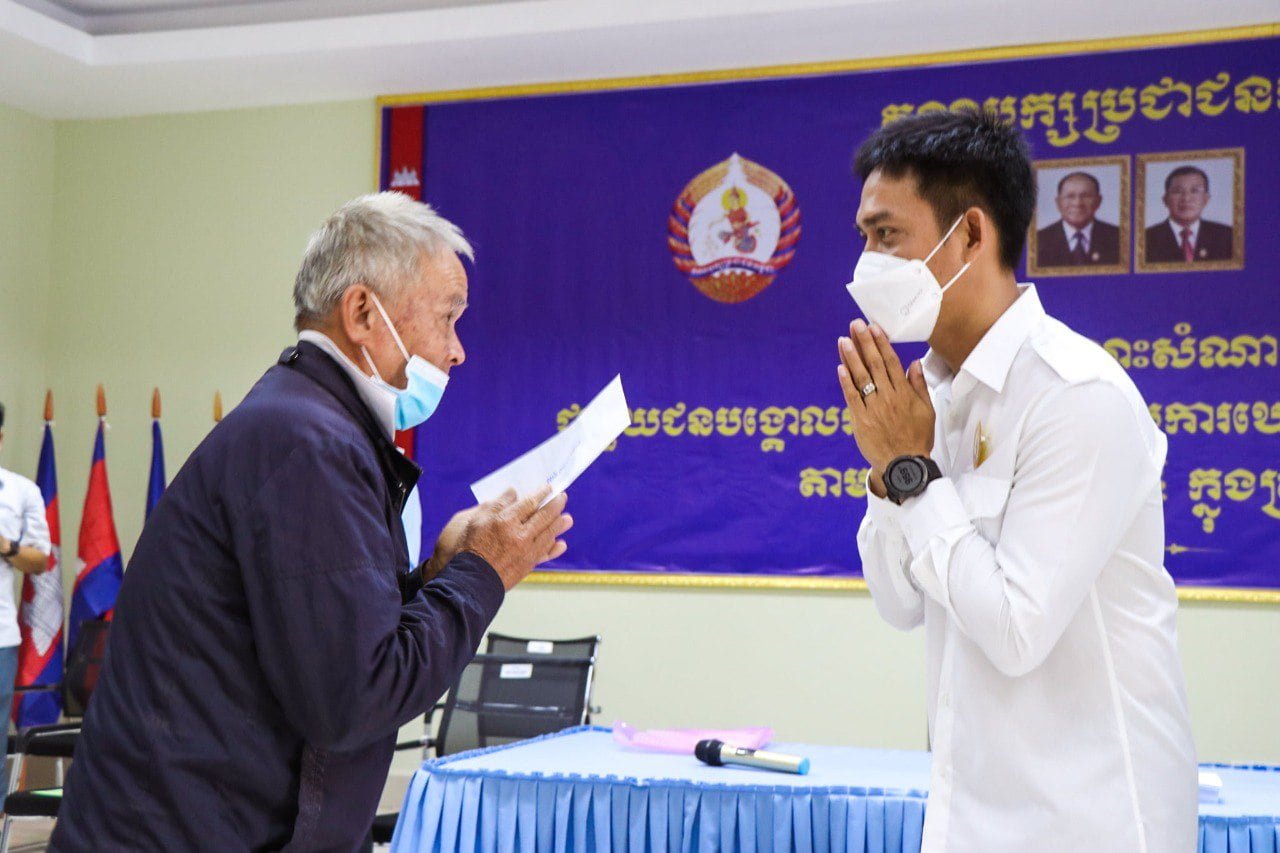The Kingdom is set to revive the Royal Ploughing Ceremony, which has been on hold for three consecutive years due to the COVID-19 pandemic. The most recent celebration took place in Takeo province in 2019.
The highly anticipated event will be held in Kampong Svay district of Kampong Thom, according to Ngoun Ratanak, Governor of Kampong Thom province. Rattanak has already inspected the site in preparation for the ceremony, scheduled for May 8.
During the inspection, he advised local authorities to allocate a large area to accommodate all attendees of the royal ceremony, including parking spaces.
“Currently, five royal oxen have been brought to the site, and the event will also highlight the achievements of various ministries and other institutions,” Rattanak stated.
The Royal Ploughing Ceremony holds significant importance among Cambodia’s royal ceremonies, deeply rooted in the country’s cultural and agricultural heritage.
Each year, Cambodian farmers eagerly await this day in May when astrologers and astronomers make predictions based on lunar phases. The ceremony symbolizes a hopeful future, as it predicts the harvest of the seeds that will soon be planted.
In accordance with tradition, the King, or a chosen representative, tills a plot of land using a plough drawn by two bulls. The King’s role in preparing the field serves as motivation and inspiration for farmers to begin working on their land.
After three rounds of ploughing, the oxen are offered a selection of rice, corn, green beans, sesame seeds, freshly cut grass, water, and rice whisky. The royal augurs then interpret the outcome of the harvest based on what the bulls consume.
The bulls’ interest in the grains signifies a bountiful harvest, fostering hope and prosperity among the farmers. If the bulls drink wine, it warns of an increase in crime; if they choose water, it indicates potential flooding. Meanwhile, consuming grass predicts the spread of animal diseases, urging farmers to take preventative measures.
The Royal Ploughing Ceremony not only serves as an agricultural forecast but also strengthens the bond between the monarchy and the people, celebrating Cambodia’s rich cultural heritage and agricultural traditions.
Source Khmer Times








